Graphics Reference
In-Depth Information
APPENDIX D
Basic Calculus and Analysis
We assume that the reader is familiar with limits, continuity, the derivative, and the
Riemann integral of real-valued functions of a real variable.
D.1
Miscellaneous Facts
We start by recalling some standard notation.
Definition.
Let a, b Œ
R
. Define the
closed interval
[a,b], the
open interval
(a,b), and
the
half-open intervals
[a,b) and (a,b] to be the sets
[
]
=
{
}
(
)
=
{
}
ab
,
t a
£
t b
£
,
ab
,
t a
<
t b
<
,
[
)
=
{
}
(
]
=
{
}
ab
,
t a
£
t b
<
,
and
ab
,
t a
<
t b
£
.
Note that if b < a, then [a,b] = (a,b) = f.
Definition.
Let
X
be a nonempty set of real numbers. A
lower bound
for
X
is a
number c so that c £ x for all x Œ
X
. If
X
has a lower bound, then the
infimum
or
greatest lower bound
for
X
, denoted by inf
X
, is the largest element in the set of lower
bounds. An
upper bound
for
X
is a number c so that c ≥ x for all x Œ
X
. If
X
has an
upper bound, then the
supremum
or
least upper bound
for
X
, denoted by sub
X
, is the
smallest element in the set of upper bounds. (The completeness of the real numbers
guarantees that the largest and smallest elements exist in our cases.)
Definition.
A function defined on an interval is said to be
monotonic
if it is either
increasing or decreasing on that interval.
Next, we recall some limit notation. The reader is assumed to know about (two-
sided) limits, but sometimes there is a need to talk about one-sided limits, such as at
end of intervals. The notation used in that case will be the following: For a function
f, the
right-handed
and
left-handed
limit at a point a denoted by f(a
+
) and f(a
-
), respec-
tively, are defined by


